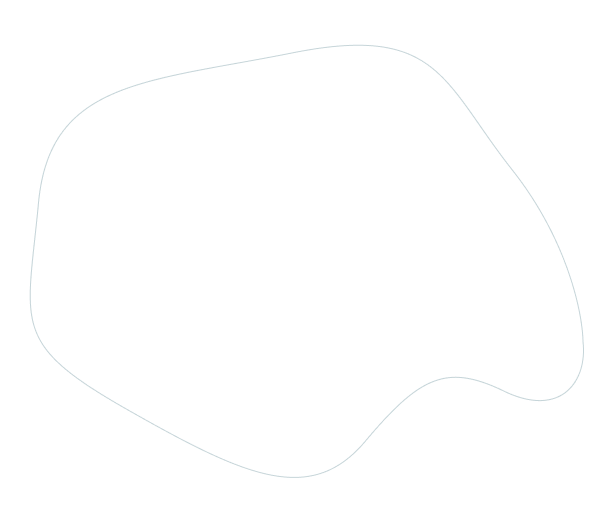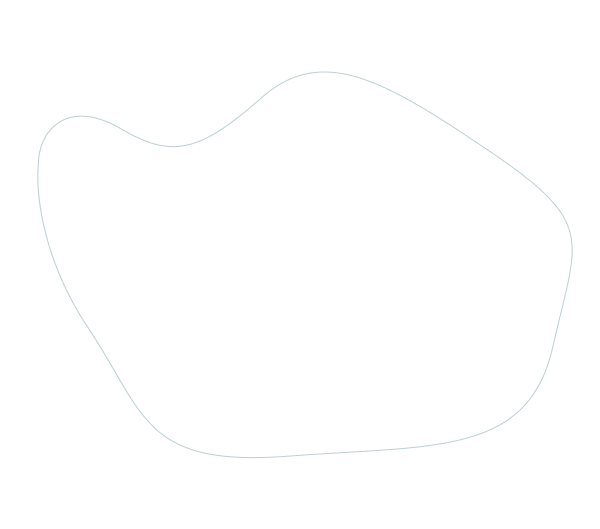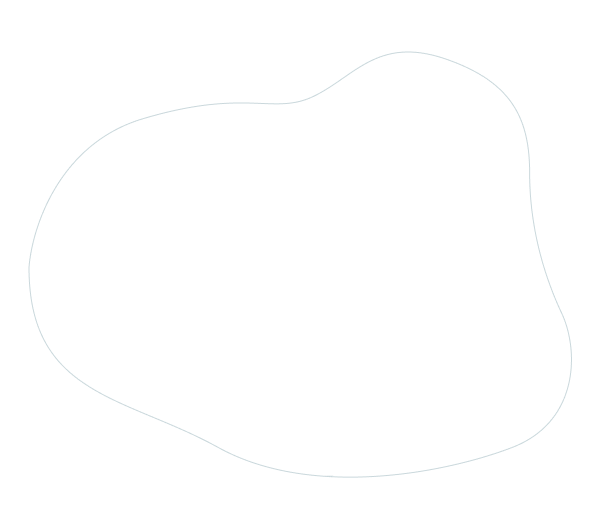Choosing the best children’s pillow can be confusing, to say the least. You may have questions like when is the right time to get my child their first pillow? What materials are best? How do I choose the right firmness level? What about allergens? There are a million questions to answer and a never-ending world of possibilities to navigate.
Fear not, as we’ve got you covered. To help you on your way, here are our top tips to getting it right the first time around so your little ones can sleep peacefully. Once you know what to look for, everything becomes so much easier.
When to Buy Your First Children’s Pillow
If your child sleeps on their stomach or back, a pillow won’t be needed until they reach around 15 months of age. While it’s possible to buy them their first one before this, sleeping habits don’t tend to kick in until they reach 24 months and pillows can be an unnecessary purchase.
It’s at this time when side sleeping starts to occur more often, and a pillow is going to be needed. As the sleeping position shifts, the neck needs support to help prevent spinal issues from occurring. The easiest way to tell if it’s time to buy your child’s first pillow is to check if they’re placing their arm beneath their head. If they are, it’s time to start your search.
Back Sleepers: Pillows aren’t generally needed until around 24 months. This is because the distance between the neck and the bed is small enough not to cause discomfort. As the head and shoulders grow, the need for keeping the neck in a neutral position becomes more significant.
Pillow Height: Start with a thin yet supportive pillow of around five cms
Side Sleepers: Pillows are needed once side sleeping starts to become regular. Again, the main reason for this is to provide additional support to the neck and help keep it in a neutral position. Without support, your child will start using their arm as a pillow, which can cause issues with the shoulder.
Pillow Height: Start with a slightly thicker pillow of around six cms.
Stomach Sleepers: Sleeping face down is never recommended for obvious reasons. It should be discouraged as soon as the habit starts to form. To help shift the position, place two layers of sleepwear on your child with a big ball of sturdy cotton wool between them (in the centre of the chest area.) This will make stomach sleeping uncomfortable without causing pain and cause a natural shift in sleeping position.
Pillow Height: Not recommended until the sleeping position has changed.
Multi-position Sleepers: Test and try method from any age. If you noticed that your child switches between their back and side when sleeping, then you should provide a pillow. However, they may or may not use it depending on their comfort levels.
Pillow Height: Start with a pillow thickness between 5-6 cms.

Avoid Using Adult Pillows
It might be tempting to take a pillow from your bed and give it to your child, but this can do more harm than good. To begin with, adult pillows are far thicker than children’s ones. This can cause a distorted sleeping position that forces the neck into an unnatural angle.
As adult pillows tend to be thicker and plumper, there’s also an increased risk of suffocation. As a general rule of thumb, an adult pillow shouldn’t be used on children aged ten years or younger. It helps if you allow their bodies to strengthen and grow with targeted support to avoid any complications.
Yes, you probably have a few spare pillows lying around the home. But, adult pillows are made for us grown-ups. Help your little ones get the best night’s sleep and opt for a one designed for smaller bodies.
Comfort VS. Support
As a parent, your first instinct is to make sure that your child is as comfortable as possible. But it’s important to take support into account at the same time. Sure, a soft and plump feather pillow may feel like a good idea, but they typically don’t provide sufficient support for little heads.
The softer a pillow is, the more likely it is to smother their nose and mouth while they sleep. The harder it is, the more uncomfortable it’s going to be. It’s all about finding that perfect balance.
So, how do you go about deciding between a soft and firm pillow for your child? Just as you would test warmed milk on your forearm to check it’s just right for your baby, pillow testing takes a couple of fingers and a little experimentation.
When is soft too soft?
Ideally, when you press your fingers into a pillow, it should spring back into shape within seconds. If it takes more than 10 seconds or doesn’t regain its form at all, then it will fail to provide adequate support for the neck and upper spine. Remember, super soft may feel right for you, but your child’s spine and support muscles are yet to develop properly.
When is hard too hard?
Using precisely the same finger test, give the pillow a good squeeze. If there is little to no give, then the pillow is going to be uncomfortable to sleep on. Obviously, a harder pillow provides more support, but it can also lead to poor sleep quality. As children get older, using a firm pillow beneath a soft one is ideal. But until they reach that age, you’ll want something that combines support and comfort in one.


Choosing the Best Pillow for Your Child
When it comes to kids pillows, there are several options to choose from, each coming with their own brilliant advantages.
- Hypoallergenic & Plant Based Pillows
- Embossed Micro Rich Pillows
- Waterproof Pillows
Hypoallergenic & Plant Based Children’s Pillow
Young children are susceptible to many different types of allergens around the home. Everything from dust mites to microbes and mould to bacteria can wreak havoc on their health. If your child suffers from allergies, choosing a hypoallergenic pillow for children is recommended.
Hypoallergenic options are made from materials that help minimise allergic reactions to common triggers. If your child suffers from atopic dermatitis, eczema, rashes or respiratory problems, you’ll want something that is going to help ease their symptoms. As an example, down pillows can trigger asthma in those sensitive to mites and feathers. Likewise, latex can cause issues for those sensitive to rubber.
Look for labels that carry anti-allergen information and try to avoid standard foam fills or moisture retentive fabrics.
Here are some great options for toddlers, juniors and infants.
Ingeo™ Toddler Pillow
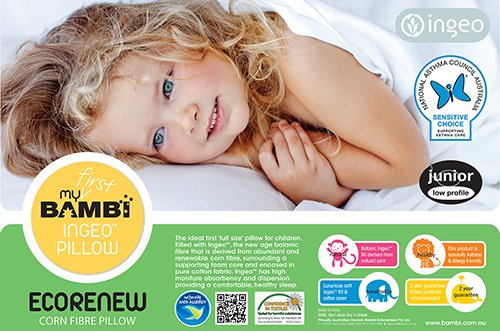


Ingeo™ Junior Pillow



Tencel Cot Pillow |Bambi Bedding
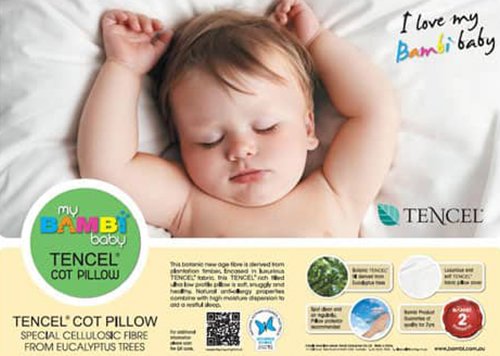

Embossed Micro Rich Pillows
A pillow with great head and neck support is ideal for any child. You also want to look for breathable pillow covers that are made from natural materials such as cotton or microfibres. Microfibre embossed pillows don’t only absorb moisture from the skin; they also help air to flow easily and can prevent rashes and skin irritation.
At the end of the day, children are much more sensitive to toxins, and natural products will always be best. Organic fibres indeed come with a premium. But when it comes to your child’s health, can you really put a price on it?
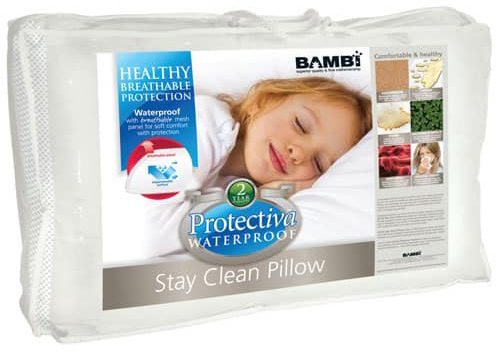


Waterproof Pillows
Kids are notorious for being sweaty sleepers, which can make keeping pillows clean a real challenge. From drool to runny noses, it doesn’t take long for grime to start building up. Over time, this can feed bacteria and pillows can become home to some pretty nasty pathogens.
The easiest way to get around this is to opt for a pillow that is waterproof yet breathable. Look for something with a poly-knit polyurethane fabric cover that is wipe-clean. Airflow is essential, so ensure it has adequate ventilation for maximum freshness.
The great thing about waterproof pillows for kids is that they provide an impermeable barrier between allergens and the mouth and nose. This not only helps keep children’s Pillow fresh and clean but also helps reduce the risk of allergic reactions and skin conditions.



Eco-Friendly Options for Everyone
As part of your child’s development, it’s crucial to provide superior support without sacrificing comfort. Knowing when to buy their first pillow can help avoid neck pain, muscle issues and distortion of the spine.
At Bambi, we don’t just create pillows that support your child’s growth. We also produce pillows that support the environment. Our range comes in a variety of organic fibres and loft heights that adjust to your children’s needs throughout their growth journey.
All of our bedding is made in Australia from Australian materials, helping support local farmers and the fragile ecosystem by using sustainable materials and practices. From toddler to teen and beyond, we have the whole family covered. Find your perfect fit today.



